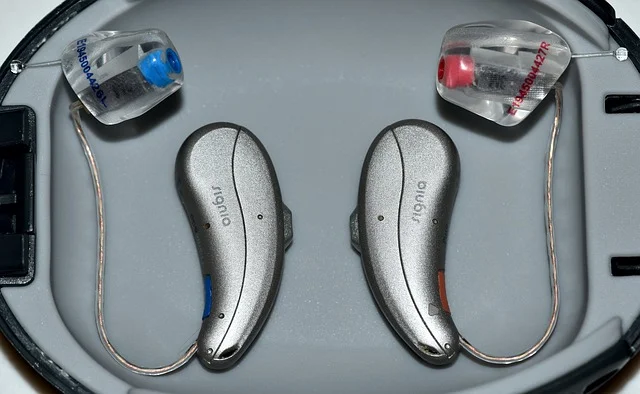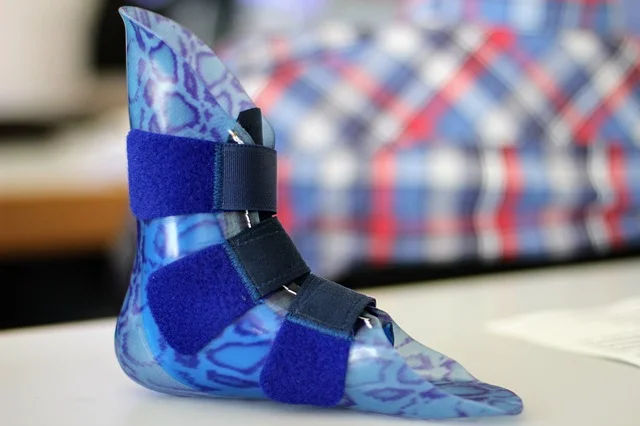Assistive technology (AT) is an umbrella term that refers to devices that help people with disabilities, the elderly, and others who have difficulty with daily tasks or independent living. Naturally, this means that there’s a huge realm of technology that can be considered AT ranging from the low-tech to the extremely complex. AT can be as simple as a communication board used by a patient who has trouble speaking or as complicated as cutting-edge prosthetic hardware.
Those who need assistive technology often work with professionals like doctors and educators to decide what technologies will be best for their specific case. While high-tech AT likely seems expensive, it can sometimes be paid for by school systems, employers, insurance companies, or other programs. Here are some of the most common types of assistive technology.
Mobility Aids
These are devices meant to improve the mobility of the user including wheelchairs, walkers, crutches, motorized scooters, and prosthetics. Mobility aids can also refer to safety and accessibility modifications such as ramps, stairlifts, and handrails. These aids are extremely common and likely among the first things to come to most people’s minds when hearing about AT. ADA guidelines require all public areas to be accessible to those using mobility aids.
Cognitive Aids
These are assistive devices meant to help with memory, attention, and other cognitive skills. They are frequently used by those with mental disabilities, illness, or brain injuries, although some level of cognitive aid is used by the majority of the population. Low-tech aids include things like checklists, medication boxes, and planners. High-tech aids include digital voice recorders, programmable alarms to keep track of events, and digital assistants like smartphones.
To put it another way, cognitive aids are generally devices that most people use. Those with disabilities or injuries may just need to follow more strict or methodical routines with these devices.
Classroom Aids

Assistive technology is extremely important in education and can be used to help students with all forms of learning disabilities. Reading and writing can be especially hard for children with dyslexia, but technology like electronic worksheets and phonetic spelling software can help students make sense of their assignments and convert the words they typed into the words they meant.
Children with social disabilities can practice social interactions using video recordings and exercises. This way, they can build their social skills without embarrassment or the fear of accidentally causing offense. Electronics like voice recorders and talking calculators are also great for helping struggling students.
Students of all ages and ability levels can also benefit from educational apps and software programs. Of course, younger students are especially prone to accidents, so you should probably be aware of what it might cost to repair or replace a device before turning them loose with smartphones.
Other Uses
AT is such a broad topic, it’s hard to limit to just a few categories. There are aids available for virtually any purpose meant to improve the quality of life for all age groups. Consider closed-captions for those with hearing difficulties. Tools that extend reach or adaptive switches also count as assistive technology. A good deal of AT is meant to assist the elderly.
Fall sensors are a great example of this. These are devices in necklaces or bracelets that automatically sends an SOS to emergency services when it detects its wearer has fallen. Similar devices can work as GPS trackers for wandering elderly patients in the late stages of Alzheimers. There are even apps that can help families and caregivers make a home “dementia-friendly” for aging family members with cognitive difficulties.
Assistive technology is all around us, and many use some form of it without even realizing it. Smart home automation devices are great examples of this. Digital assistants, smart sensors, and robot vacuums can help anyone with daily tasks. Those interested in AT can learn more through the Assistive Technology Industry Association (ATIA).

